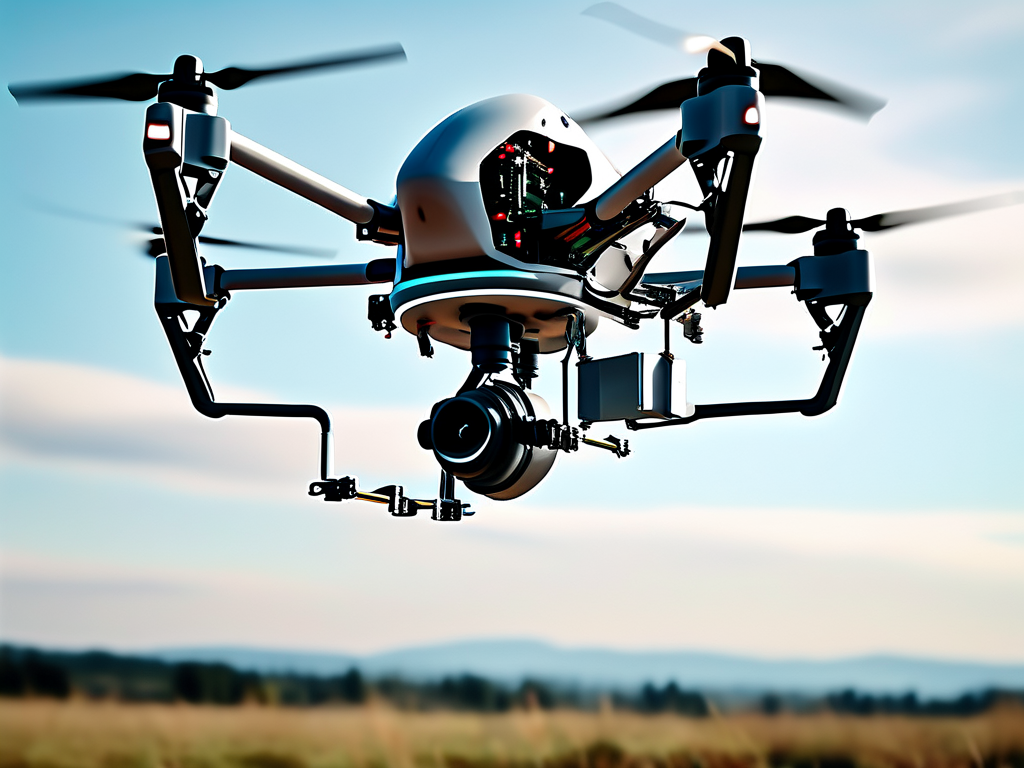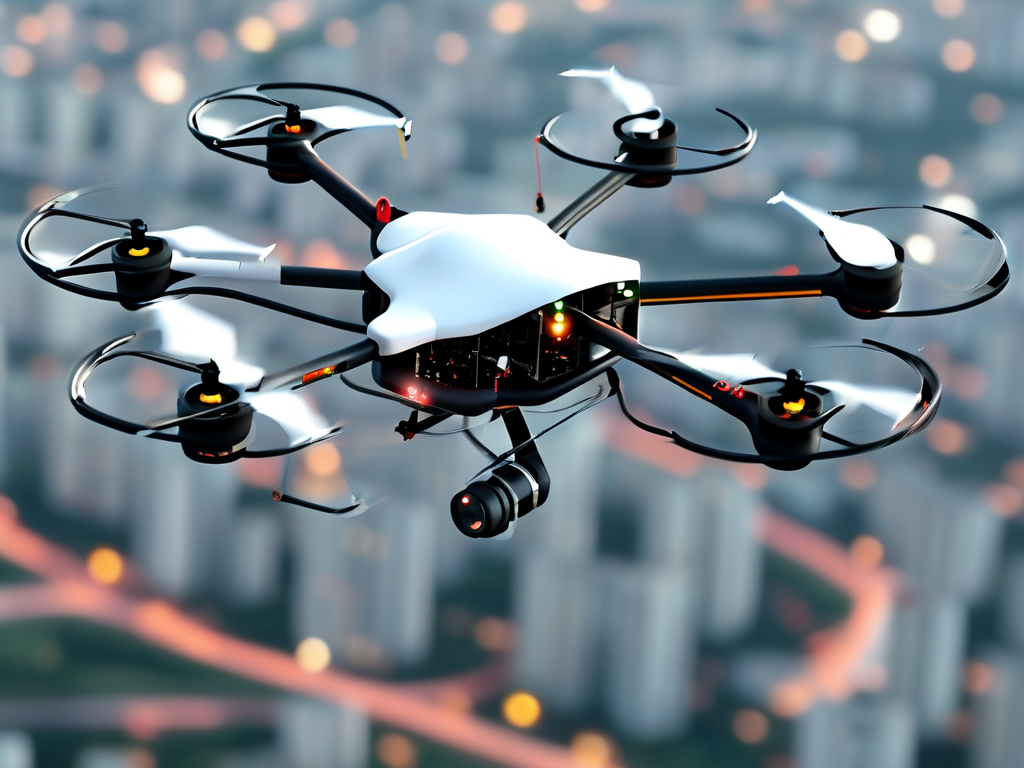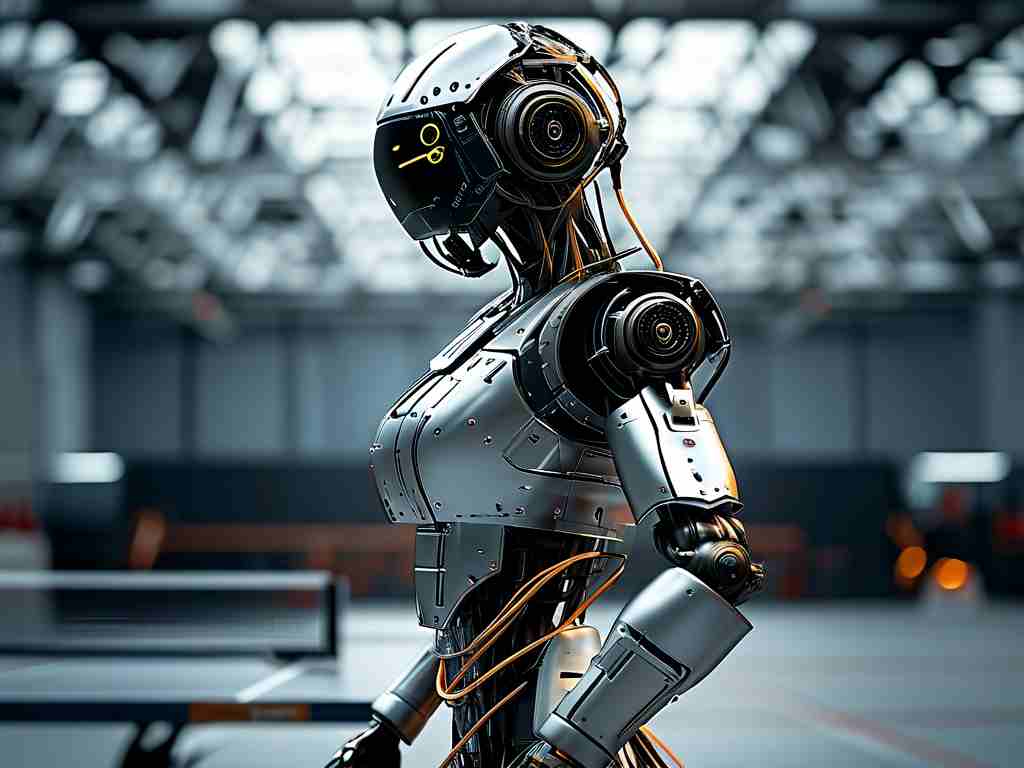The rapid evolution of aerial robotics has transformed industries ranging from logistics to environmental monitoring. At its core, this technology relies on interdisciplinary principles that merge aerodynamics, control systems, and artificial intelligence. Unlike traditional aircraft, modern aerial robots—such as drones and autonomous UAVs—leverage lightweight materials, advanced propulsion mechanisms, and real-time data processing to achieve unprecedented agility and functionality.
Aerodynamic Design and Propulsion
Aerial robots prioritize energy efficiency and stability. Multi-rotor designs, common in consumer drones, use distributed thrust vectors for vertical takeoff and hovering. For instance, quadcopters adjust rotor speeds independently to maintain balance, a principle rooted in Newtonian mechanics. Meanwhile, fixed-wing drones rely on lift generated by wing surfaces, enabling longer flight durations at higher speeds. Hybrid models, such as tilt-rotor systems, combine both approaches to optimize mission flexibility. Innovations like biomimetic wings, inspired by bird flight patterns, are pushing the boundaries of aerodynamic efficiency.

Sensor Fusion and Navigation
Autonomous navigation demands precise environmental awareness. Lidar, radar, and optical cameras feed data into simultaneous localization and mapping (SLAM) algorithms, allowing robots to build 3D maps while tracking their position. For example, agricultural drones use multispectral sensors to analyze crop health, adjusting flight paths dynamically based on terrain irregularities. GPS-denied environments, such as indoor warehouses, require inertial measurement units (IMUs) and ultrasonic sensors to prevent collisions. Emerging technologies like neuromorphic computing mimic biological neural networks, enabling faster decision-making with lower power consumption.
Communication and Swarm Intelligence
Aerial robots often operate in networked formations. Mesh networking protocols ensure seamless data exchange between units, even in signal-challenged areas. Swarm robotics—a concept inspired by insect colonies—enables collective tasks like search-and-rescue operations. Researchers at MIT recently demonstrated a fleet of micro-drones that collaboratively lifted objects by synchronizing thrust vectors. Such systems rely on decentralized control algorithms, where each robot reacts to local inputs rather than a central command, enhancing scalability and fault tolerance.

Energy Management Challenges
Battery technology remains a critical bottleneck. Lithium-polymer batteries dominate due to their high energy density, but limited lifespan restricts mission durations. Solar-powered drones, like Airbus’ Zephyr, achieve weeks of flight by harvesting sunlight, though payload capacity is sacrificed. Hydrogen fuel cells offer a promising alternative, as seen in the Hywings project, which achieved a 10-hour flight with zero emissions. Energy-aware path planning algorithms further optimize consumption by calculating routes that minimize drag and maximize glide phases.
Ethical and Regulatory Considerations
As aerial robots proliferate, airspace management grows complex. The FAA’s Remote ID mandate requires drones to broadcast identification signals, preventing unauthorized operations. Privacy concerns also arise, particularly with surveillance-capable devices. Engineers are integrating geofencing software to restrict access to sensitive areas, while policymakers debate liability frameworks for autonomous systems. Striking a balance between innovation and public safety remains a pressing challenge.
In summary, aerial robotics technology hinges on the synergy of mechanical design, computational intelligence, and adaptive control. From disaster response to precision agriculture, these systems are redefining what machines can achieve in three-dimensional space. Future advancements will likely focus on enhancing autonomy, reducing ecological footprints, and integrating with broader IoT ecosystems—ushering in an era where robots navigate the skies as naturally as birds.









